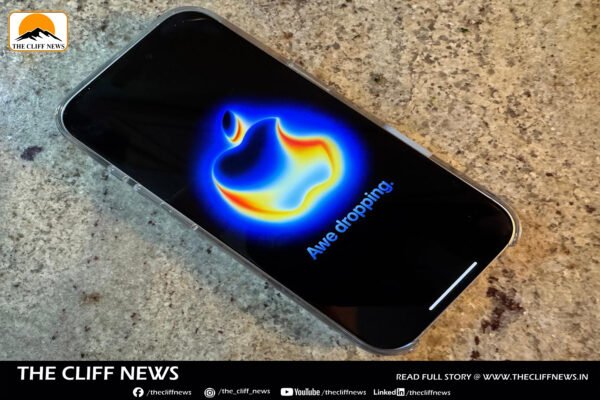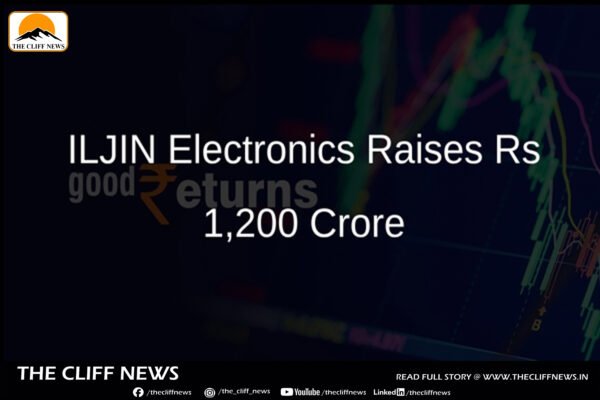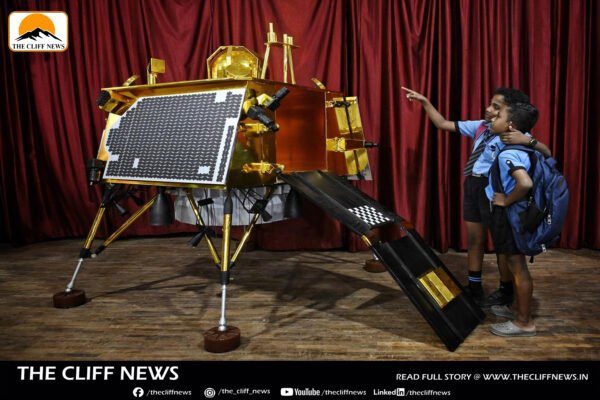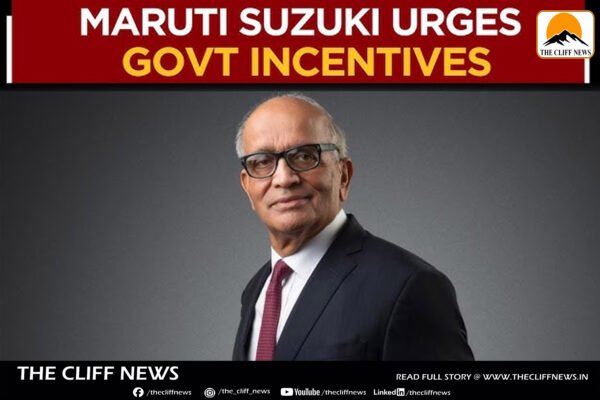Apple to Unveil Slimmest iPhone Yet at ‘Awe-Dropping’ Event
Apple is expected to debut its thinnest iPhone ever at its annual fall showcase on Tuesday at the Steve Jobs Theater in Cupertino, California. The iPhone 17 lineup will feature the standard, Pro, and Pro Max models, along with a new addition — the iPhone Air, tipped to be Apple’s lightest flagship yet, echoing the branding of its MacBook Air laptops. Beyond iPhones, Apple is set to launch the Apple Watch Series 11 and updated AirPods, rumored to include live translation capabilities — a feature already offered by Google’s Pixel Buds. The company is also likely to confirm rollout dates for iOS 26 and macOS Tahoe. The showcase comes as Apple grapples with potential cost hikes from Donald Trump’s proposed tariffs on Chinese goods. CEO Tim Cook has mitigated risks by moving significant production to India and stockpiling U.S. inventories ahead of deadlines. Another focal point will be Apple Intelligence, the AI suite unveiled last year to a lukewarm reception. Key among user expectations is the long-promised revamp of Siri, which has yet to materialize. Cook has pledged progress toward a more personalized Siri in 2026, with reports suggesting Apple may integrate Google’s Gemini AI models to bolster the assistant.










